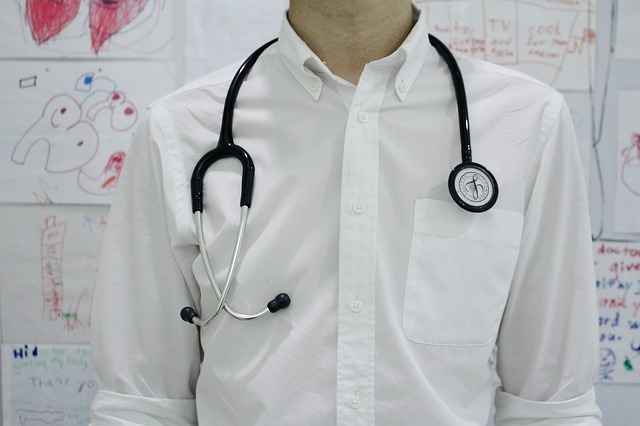Medical education has long praised the advances in medical science. We cannot deny that scientific advances like antibiotics and new surgical techniques have saved lives. In fact, the first couple years of medical school in the United States focuses on anatomy, physiology, biology, pharmacology, and many other -ologies.
In 1890, as medical science was advancing, the doctor-patient relationship was becoming more and more impersonal, Luke Fildes was commissioned to paint something in “social realism.” His 1891 painting, The Doctor, does not include the usual doctor instruments of the time that would include the stethoscope and thermometer. Instead, the light focuses on the doctor with singular attention on a young child. The compassion and care are evident on his face. We are left to guess the happenings, but it is morning. It has been a long night waiting to see if this child will make it through to morning. The home is humble, indicating limited resources. In the shadows are the parents, helpless. The mother is collapsed in despair.

This famous painting has become as symbol of compassion and care–demonstrating how the medical humanities, not just the medical sciences, are important in medical education. Through the study of the medical humanities that include art, literature, and ethics, there is hope to keep “humanity” in the practice of medicine. Today, many medical teaching programs incorporate some aspect of the the medical humanities in their curriculum. In my medical school, we had a book club for Literature and Medicine. Rita Charon developed Narrative Medicine at Columbia University Medical School in New York. As a champion of oral storytelling in my own class “Medicine and Storytelling,” I contrast the objective medical record with the subjective stories of the patient, families, and practitioners. I send students out to interview and bring back the stories that surround the medical chart. We talk about the difficult issues that come up, the inspiring stories that keep us motivated, and the healing that happens simply by telling the story. I love the sciences, but I have slowly been converted to the equal importance of art and the humanities through my career in medicine.

